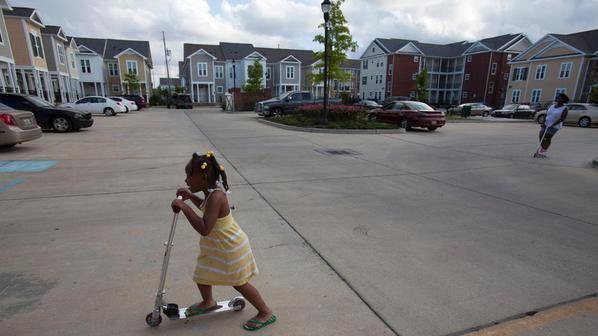Ten years ago Risa Lavizzo-Mourey visited Gulfport, Mississippi, and witnessed firsthand the devastation and ruin wrought by Hurricane Katrina. “We may not be able to fix the broken levees, restore ruined cities, house the homeless, or feed the hungry,” she wrote soon after. “That’s not our job. But we most certainly can apply Katrina’s lessons to the wide range of good work that we support...”
On the 10th anniversary of Hurricane Katrina, we must reflect on valuable lessons learned from this cataclysmic event, the complexity of recovery, and the disastrous health outcomes that can result from a fundamental distrust between residents and government agencies. Katrina’s devastation and the Gulf’s uneven recovery also have served as an opportunity for studying resiliency—the capacity of communities to prepare for, respond to, and recover from adversity whether in the form of a natural disaster, economic downturn, or a pandemic.
This emphasis on community resilience represents a paradigm shift in emergency preparedness, which has traditionally focused on shoring up infrastructure (reinforcing buildings, roads, and levees), improving detection of new hazards to human health, and being able to mount an immediate response to disasters. Katrina and subsequent threats such as Hurricane Sandy, the Florida panhandle oil spill and the H1N1 epidemic have taught us that to be truly prepared for the long-term impact of adversity communities must also develop a different set of assets: those that build strength through promoting well-being and community engagement.
[For more of this story, written by Alonzo L. Plough and Anita Chandra, go to http://www.rwjf.org/en/culture...hurricane_katri.html]




Comments (0)